Catalog
| Introduction |
| Functions of Crystal Oscillator |
| Types Of Crystal Oscillators |
| Symptoms of Bad Crystal Oscillator |
| How to Test a Crystal Oscillator? |
| Conclusion |
Introduction

Figure 1: Crystal Oscillator
An electric circuit of the oscillator type can be referred to as a crystal oscillator if the element determining the crystal's frequency is a piezoelectric resonator, more commonly known as a crystal.
In electronics, a frequency-determining component is typically referred to as a crystal. This component consists of a wafer of quartz crystal or ceramic that has electrodes linked to it. In most cases, the circuit for the crystal oscillator operates according to the concept of the inverse piezoelectric effect.
When an electric field is applied, certain materials will undergo mechanical deformation. Crystal oscillators provide several benefits that make them preferable for use in microcontrollers. These benefits include high-frequency generation, precision, compactness, cheap cost, and low power consumption.
Crystal oscillators are well-known for their consistency and longevity, contributing to their widespread appeal. Crystal oscillators are effective in maintaining a steady output over an extended period.
Functions of Crystal Oscillator
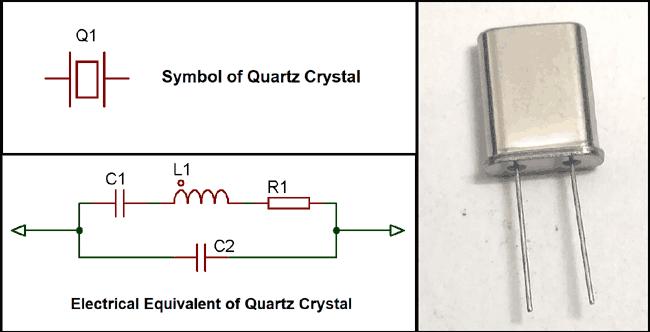
Figure 2: Quartz Crystal Oscillator
The crystal oscillator circuit 's function is based on the inverse piezoelectric effect, which states that a mechanical deformation may be induced by applying an electric field across particular materials.
Therefore, the vibrating crystal's mechanical resonance is constructed of a piezoelectric substance to generate an electrical signal at a specific frequency.
These quartz crystal oscillators have a very high degree of stability, comprise an excellent quality factor, are very compact, and are available reasonably priced. Therefore, when compared to other types of resonators, such as LC circuits, rotating forks, and so on, quartz crystal oscillator circuits are superior in performance.
Microprocessors and microcontrollers often use a crystal oscillator with a frequency of 8 MHz. The electrical circuit comparable to the crystal action of the crystal also depicts that action.
Inductance L1 is used to represent the crystal's mass, capacitance C1 is used to describe compliance, resistance R1 is used to represent the crystal's internal structure friction, and capacitance C0 is used to represent the capacitance as a result of the crystal being mechanically molded.
These fundamental components are used in the circuit. Both series resonance and parallel resonance are present in the schematic representation of the quartz crystal oscillator, resulting in two resonant frequencies.
For the series resonance to occur, the reactance created by the capacitance C1 must be equal to and opposite to the reactance produced by the inductance L1. The frequency fs indicates the series resonant frequency, whereas the frequency fp represents the parallel resonant frequency.
Types Of Crystal Oscillators
Many electronic applications call for a frequency source that satisfies particular requirements to function appropriately. Crystal oscillators are frequency sources that can provide an output signal for the abovementioned purposes. Crystal oscillators can take on several different forms.
XO - Crystal Oscillator
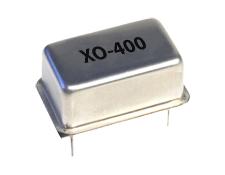
Figure 3: XO Crystal Oscillator
Crystal Oscillator (XO), also known as a Clock Oscillator, is an oscillator typically used for general purposes since it does not require temperature correction and has a constant frequency. This particular variety of crystal oscillators covers a broad frequency range.
It is offered in various packages (SMD and THD) and output logics (HCMOS, True Sine Wave, LVPECL, HCSL, and LVDS, respectively). There are a lot of different types that provide a tri-state function option.
VCXO - Voltage Controlled Crystal Oscillator

Figure 4: Voltage Controlled Crystal Oscillator
The VCXO is the oscillator that should be utilized if it is necessary to tune the output frequency to a particular value.
The Voltage Controlled Crystal Oscillator is available in a wide variety of package sizes and types (SMD and THD), and it may provide the following types of output logic: CMOS, LVPECL, LVDS, HCSL, or True Sine Wave. Tri-State, Low Phase Noise, and Low Jitter are some other possibilities.
TCXO - Temperature Compensated Crystal Oscillator
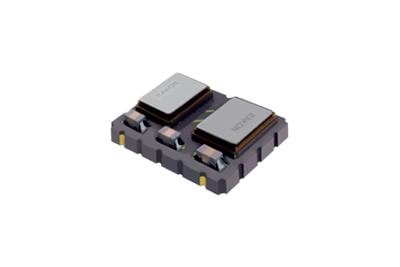
Figure 5: Temperature Compensated Crystal Oscillator
When it is necessary to maintain the consistency of the output frequency regardless of the temperature, a TCXO is utilized. The Temperature Compensated Crystal Oscillator may compensate for the frequency offset, thanks to its temperature-sensitive correction.
Various sizes and types of packages are available (SMD and THD). Clipped Sine Wave and CMOS are the two most popular types of output logic. The frequency stability and temperature range options include low jitter, low phase noise, and tri-state operation.
OCXO - Oven Controlled Crystal Oscillator
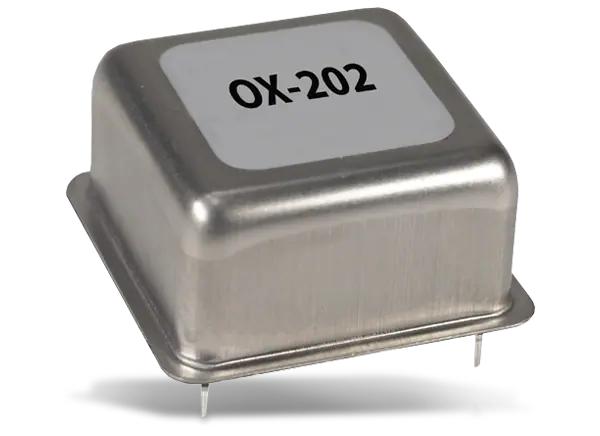
Figure 6: Oven Controlled Crystal Oscillator
An oscillator known as an Oven Controlled Crystal Oscillator, or OCXO for short, is run within an oven with its temperature controlled. This maintains a stable temperature for both the crystal and the oscillator circuit.
OCXOs find widespread application in professional fields such as broadcasting, satellite communications, and telecommunications. Various choices are available for the type of packaging, the output logic, and the degree of frequency tolerance vs. temperature range.
Symptoms of Bad Crystal Oscillator
When the electrical circuit board becomes heated, the crystal oscillator might become unstable or have problems. In addition to that, it might produce difficulties that are only intermittent and cause the microprocessor in electrical devices to stop working.
A damaged crystal can cause various issues, including the failure of the on-screen display (OSD) in the monitor to show, the OSD's sporadic appearance, the computer motherboard becoming unresponsive, and many more.
Concerning the issue with the crystal, as the temperature rises, you should direct the hair blower at the crystal and examine the problem with it that way. Even while you need to replace the crystal in electronic equipment, you can still ensure the crystal is in good condition.
Obtain the same frequency value, replace it, and put it through another round of testing. If no oscillation frequency is observed, varies significantly with time, or is at a different value than what is claimed, then the crystal oscillator is probably broken.
How to Test a Crystal Oscillator?
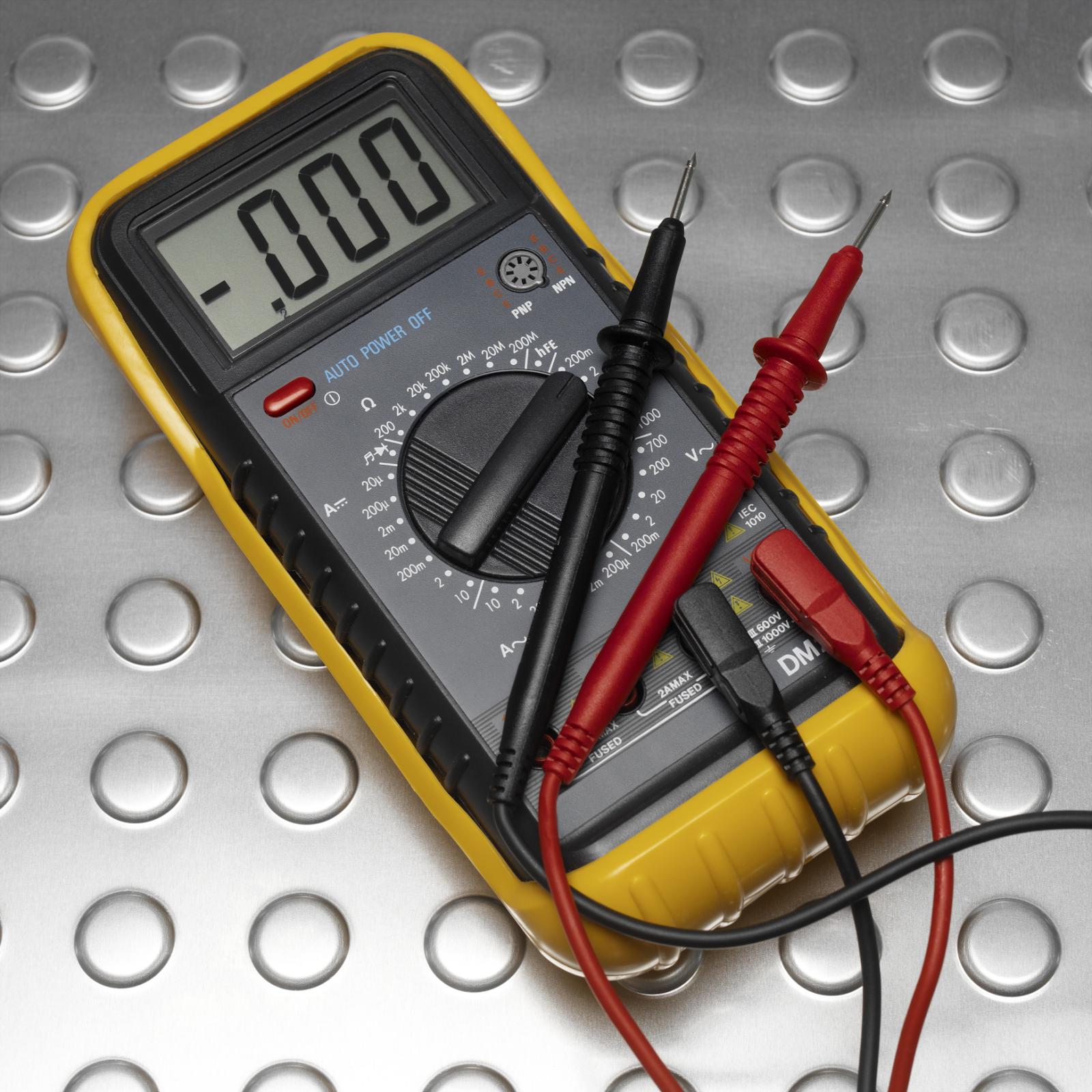
Figure 7: Test Crystal Oscillator
A digital multimeter may be used to check the functionality of a crystal oscillator. Determine where the crystal oscillator is situated in the device. It is necessary to search the crystal oscillator if it is hidden within an electrical circuit.
The crystal oscillator is typically called an "XTAL" if it is attached to a computer's motherboard. The device's oscillation frequency will be inscribed on the top of the crystal oscillator itself. Connect the probes to the multimeter so it can take measurements.
Both probes need to be connected, with the red probe going into the positive terminal and the black probe going into the negative terminal. Turn on the multimeter, then navigate to the frequency function on the menu.
Turn on the equipment that is responsible for powering the crystal monitor. The test will be valid when there is electricity to the crystal monitor. Get the measuring probes of the multimeter to make contact with the crystal oscillator's metal legs.
Each leg should be touched by a probe individually. The multimeter should now read the frequency inscribed on the crystal oscillator case and correlate it to that frequency.
If no oscillation frequency is observed, varies significantly with time, or is at a different value than what is claimed, then the crystal oscillator is probably broken.
Conclusion
Crystal oscillators are typically utilized to supply a substantial load capacitance. These high-frequency oscillators have a frequency that does not fluctuate even though temperature drift causes changes in the parameters of the transistors.
As a result, these oscillators are considered to be stable. Because of this, crystal oscillators end up having an exceptionally high-quality factor as a result.






